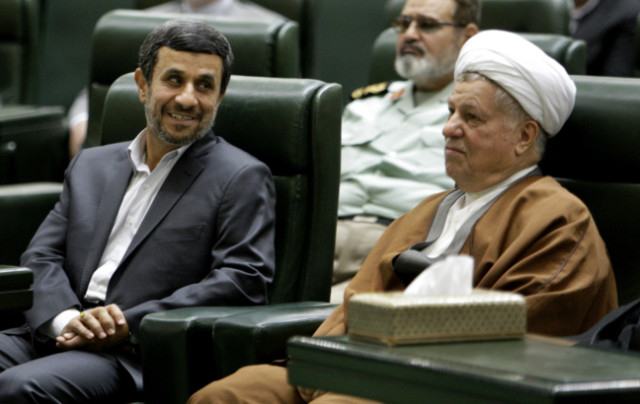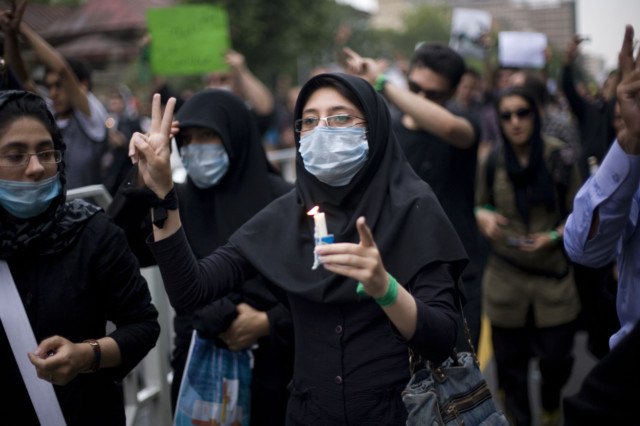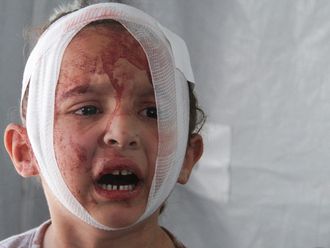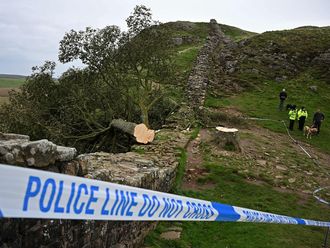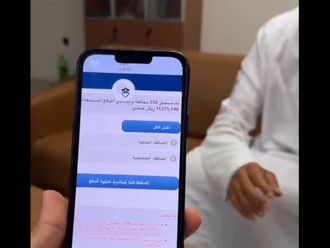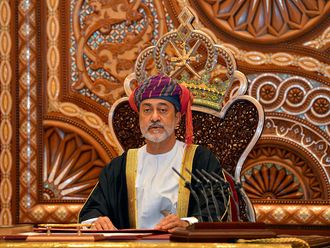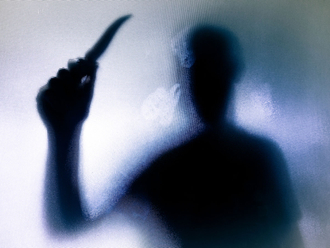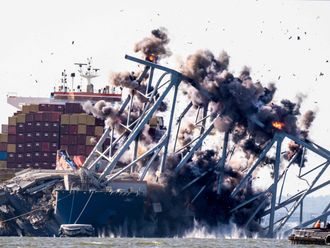
Tehran: As Iran prepares to elect a new president, the anti-establishment energy that drove violent protests four years ago has disappeared, quashed by the heavy-handed crackdown in 2009 that followed Mahmoud Ahmadinejad’s contested re-election.
The unlikely leaders of that opposition movement, Mir Hossein Mousavi and Mehdi Karroubi, have been under house arrest since 2011, and most of the student leaders and activists who helped organize the rallies are either in prison or living abroad, removed from the daily realities of a country whose focus on an economic crisis bears little resemblance to the struggles of four years ago.
While activists abroad persist in their calls for change within Iran, there are no visible signs inside the country of those who led the protests. There are also growing doubts about whether reformers in the mold of former president Mohammad Khatami might re-emerge to take part in the coming election.
“Iranians are the type of people that need leadership, and right now those opposed to the current government have no one to look to for guidance,” said a 26-year-old linguist who was a graduate student in 2009 and took part in the protests.
Like others interviewed for this article, the linguist spoke on the condition of anonymity, fearing government reprisal for talking with a US newspaper about a sensitive subject.
The elections are June 14, but there are few indications of the excitement and anticipation for change that animated the prior contest and fuelled the months of protests that followed as hundreds of thousands of Iranians poured into the streets to challenge what they said was Ahmadinejad’s rigged victory.
In some ways, it is Ahmadinejad who is now fighting the clerical establishment, but the election battle is shaping up along a fairly narrow spectrum, with little indication thus far of candidates who might rattle conservative leaders.
Iran’s campaigns are compact and have a history of becoming volatile in their final weeks, with candidates joining the fray late and making trips around the country in a period that lasts just over a month.
In the months leading up to the 2009 contest, there was little interest in the polls until a week before the election, when a series of live televised debates_ in which candidates accused one another of fraud and financial corruption - opened the floodgates for Iranians to discuss issues that had long been taboo, paving the way for the protest movement that was mostly spontaneous and never truly coalesced around a set of ideals, according to some who took part.
The four candidates in that election were representative of the Islamic republic’s ruling establishment, although their allegiances varied wildly.
Ahmadinejad, the incumbent, had the support of the powerful Revolutionary Guard, as well as key clerics, including Iranian Supreme Leader Ayatollah Ali Khamenei. The most conservative candidate, Mohsen Rezaei, had commanded the Revolutionary Guard for 16 years, including throughout the Iran-Iraq War.
And the two men that became the unlikely faces of the post-election opposition were Mousavi, former prime minister of eight years, and Karroubi, a cleric in his 70s who served two terms as speaker of Iran’s parliament. The two echoed the sentiments of many Iranians who believed Ahmadinejad’s first term had tarnished the country’s international image and isolated the country diplomatically and economically.
Although both were considered reformists, neither questioned the legitimacy of the Islamic republic - including after they said the election was stolen from them - making them unlikely to usher in real change, even according to many who joined the protest movement.
The summer of discontent that followed that announcement of Ahmadinejad’s victory was filled with protests that began as silent and nonviolent marches, which were violently suppressed by plainclothes security officers and militia groups loyal to the state that were known as Basij.
The chaos left dozens of Iranians dead and thousands more injured and in prison.
By the end of the summer of 2009, countless Iranians involved in the protests seized any opportunity they could to leave the country. Few of them have returned, with some continuing to pursue their broad demands for change.
Iranians who remained in the country after the election say that those 2009 protests, known as Iran’s Green Movement, included two very divergent strains - those who believed that the election was tainted and those who sought the end of the Islamic republic.
“We can’t really say it was a movement, because we all wanted something different,” said Abbas, a classically trained poet who is now one of several hundred traders in Tehran’s unofficial currency bazaar. “When I hear people opposed to the Islamic republic on satellite television still talking about the Green Movement, I realize how removed they are from the situation here.”
Abbas said he has one brother who is in prison for his leftist political tendencies and another who is an officer in the Revolutionary Guard. Like several others interviewed for this article, Abbas said he took part in the 2009 protests because he regarded it as a historic moment.
“It’s been four years, and I’m still asking myself whether it was all worth it or not,” Abbas said.
Others say they are eager for a reason to get involved again.
“I’m waiting to see if Khatami becomes a candidate,” said Massoud, an electrical engineer who supported reformers in past elections and voted for Mousavi in 2009.
- Washington Post


